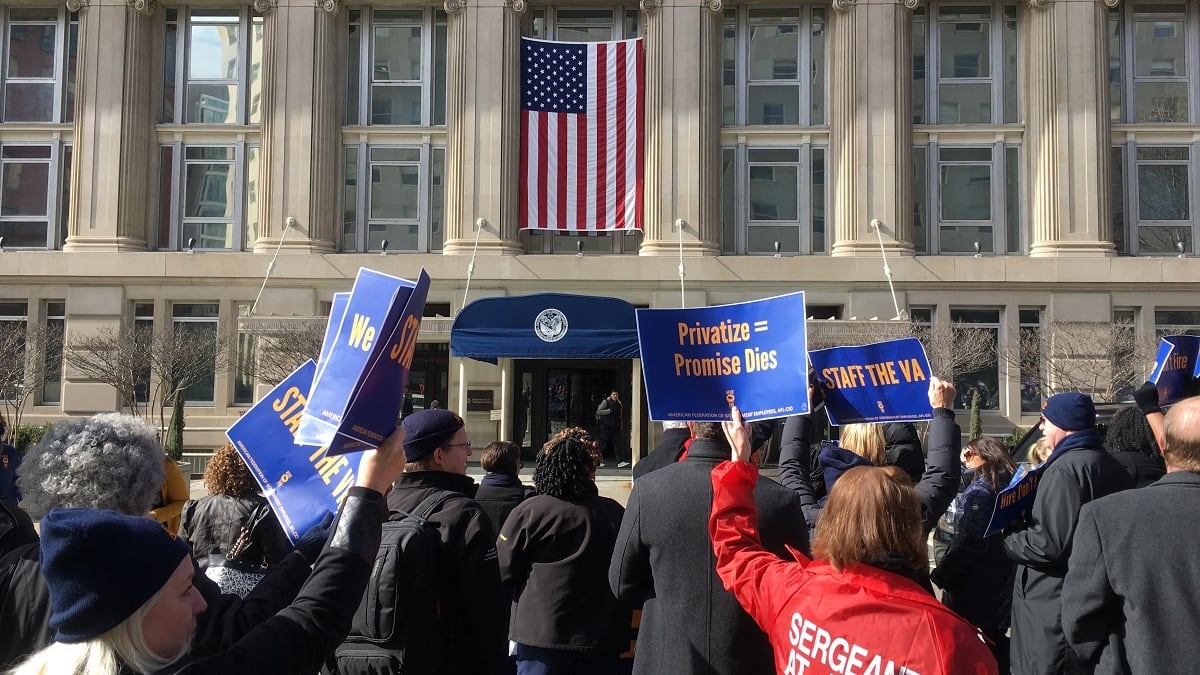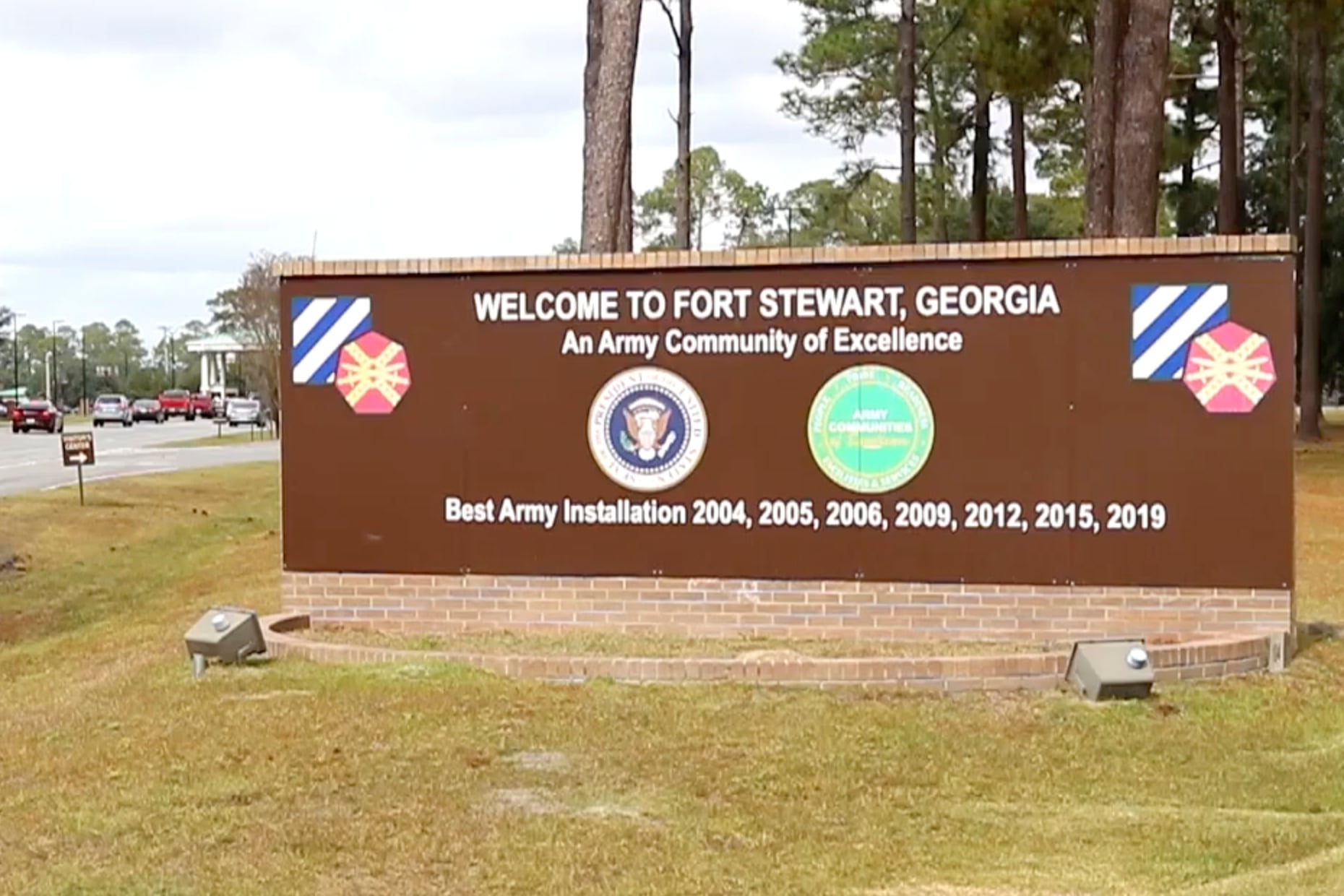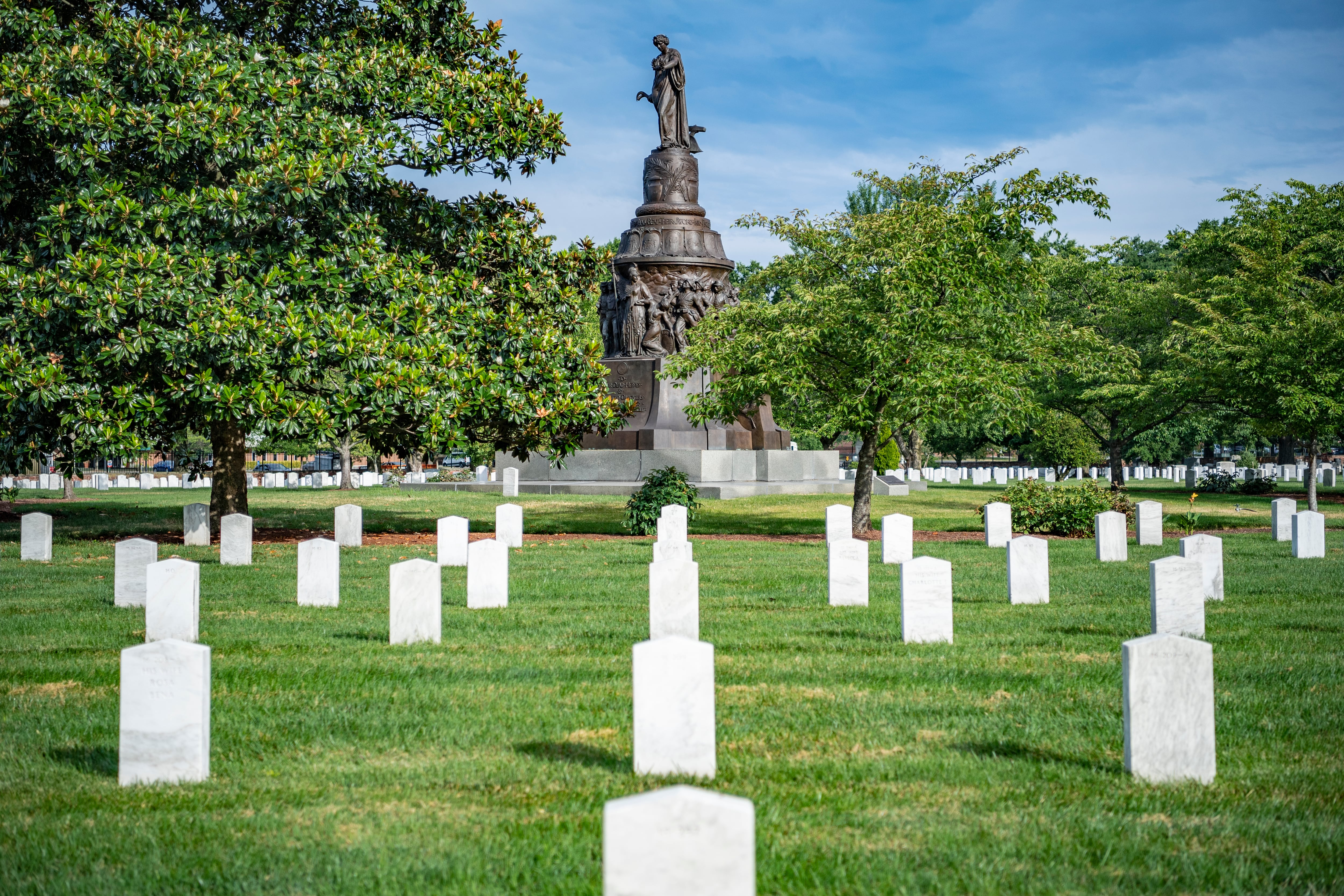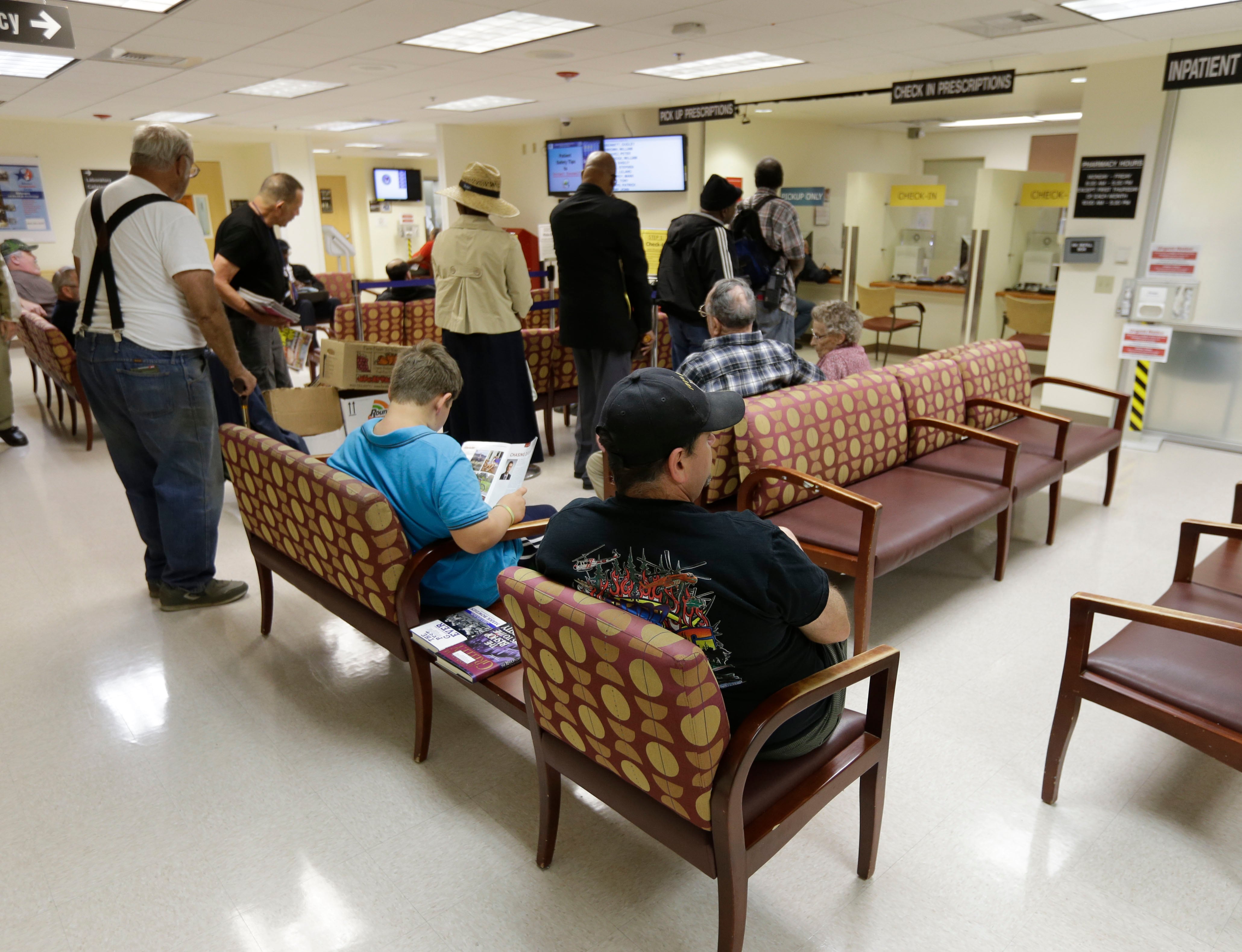source GAIA package: Sx_MilitaryTimes_M6201210210290319_5675.zip Origin key: Sx_MilitaryTimes_M6201210210290319 imported at Fri Jan 8 18:18:07 2016
TAGHAZ, Afghanistan — On the dusty southern fringe of Helmand province sits Bahram Chah, an isolated hub of narcotics trafficking, weapons smuggling and other insurgent activity.
The border town is nestled against rocky foothills and within a couple miles of an illicit crossing into Pakistan. Marines have run clearing operations in the region since U.S. forces were surged in Afghanistan in 2010, including a bold, four-day raid in March 2011 that killed at least 50 insurgents, Marine officials said.
More than a year later, however, Bahram Chah is still a rogue hotbed. Rather than concentrating on the border, the border police are based here and in other villages along the Helmand River in Khanashin district, focusing security operations about 60 miles north of Bahram Chah. To push south, the border police would need more manpower and larger weapons, said Lt. Col. Rasoul, who oversees the ABP police kandak, or battalion, with headquarters in Taghaz, a village with a few thousand inhabitants but no paved roads or electricity.
The situation hints at certain complexities as the U.S. military shifts to a security force assistance mission in Afghanistan. The strategy was widely implemented this summer, as thousands of Marines and soldiers across the country returned to the U.S. as part of a force drawdown. The Marine Corps' footprint in southwestern Afghanistan has shrunk from about 17,000 in the spring to 7,000 now, with many of the remaining forces redistributed to assist Afghan units, rather than run independent counterinsurgency operations.
Since the shift, Afghan National Security Forces have been tested in numerous bloody battles, particularly in Sangin, Kajaki and other districts in northern Helmand where resistance has been stiff for years. Even in southern Helmand, Afghan units have struggled with logistics, planning and internal power struggles that threaten to undermine security.
"It goes back to the question that everyone asks: When we pull out, can the Afghan forces do what needs to be done to secure Helmand province?" said Lt. Col. David Bradney, who commanded 1st Battalion, 7th Marines, in northern Helmand until the unit rotated home to Twentynine Palms, Calif., in October. "I would tell you that, yes, the Afghan National Security Forces are absolutely capable enough to beat the Taliban. It's all a question of gumption and will. Do they have the leadership to force the discipline of action, and the commitment to get their forces into the field and risk, perhaps at times, being unsuccessful, to achieve success?"
Power struggles
Those questions seem fair in Khanashin district. Firefights are scarce across the district, and camaraderie between the APB and Marine advisers appears to be good, but the Afghans still deal with a variety of problems that sap morale, test discipline and raise questions about the leadership in higher headquarters.
In one recent case, a tolay — a company-sized unit — of border police was sidelined after a dispute that arose about who would lead. Earlier this year, the tolay was led by a well-regarded lieutenant, Haji Samad, who died in the spring after his pickup was hit by an improvised explosive device, said 1st Lt. Tim Pease, a member of Marine Border Adviser Team 1, a 21-man unit advising an ABP kandak.
Samad was replaced by another lieutenant, Merza Khan, who was deemed selfish and ineffective by his men, Marines said. Khan eventually abandoned the unit — 1st Tolay, 1st Kandak, 6th Zone — and went for an extended stay in Laskar Gah, Helmand's capital. In his absence, a popular sergeant and nephew of Samad's, Yar Mohammad, was named interim tolay commander. He led the unit in Operation Zafar, a successful multiday clearing operation that included other elements of the kandak.
The unit and their Marine advisers pushed through villages southwest of Taghaz, said Maj. Max Hopkins, BAT-1's commander. Mohammad's tolay, primarily comprising men from his home tribe in Washer district, rallied around him — until Khan unexpectedly returned in September.
The sergeant led a mutiny in which about 20 members of the ABP left their post to protest in Laskar Gah, Pease said. When Mohammad and his men returned, senior commanders in the ABP kandak refused to let them rejoin the tolay, even though the kandak was shorthanded.
On Oct. 10, Marine advisers visited the post overseen by Khan, Patrol Base Ghardai. They found it in disarray, with garbage strewn across the base and multiple broken-down Ford Rangers, the green trucks commonly used to shuttle the ABP.
"This place is about as bad as I've ever seen it," said 1st Lt. John Behrmann, another BAT-1 adviser, surveying the base. "You can see that with the turmoil, there has been a negative effect."
The Marines pressed the border police to enforce better standards and to request tires needed for their trucks from higher headquarters. Despite several trucks having flats, they hadn't done so.
"Anytime I need something, I tell my boss," Pease told them over chai tea. "If you don't ask for tires, you're not going to get tires."
Other elements of the ABP have done better in Khanashin, developing good relations with villagers and finding many IEDs the Taliban hide, Marines said. Problems with higher command threaten the kandak's effectiveness, however.
In an Oct. 7 meeting with BAT-1, Rasoul, the kandak commander, told Marines that he is concerned about them leaving his force behind. Rasoul stands shana ba shana — shoulder to shoulder — with the Marines, but he needs their help because his government won't take care of his unit, he said.
One recent example: In July, the Afghan government opened a $1 million ABP headquarters in Taghaz that includes barracks space, a kitchen and a bathroom with plumbing. A septic tank has since come perilously close to overflowing, however, and ABP commanders in Laskar Gah had not responded to Rasoul's numerous pleas to have it emptied.
Insurgents also have taken to targeting members of the ABP when they're traveling alone on leave to visit family. Two members of the ABP were recently taken prisoner in Sangin, and others were beheaded, border police told Marine advisers. Khan told Marines the Taliban use a thin wire to do the job, inflicting significant pain in the process.
Lost ground up north
The transition to security force assistance has included even more bumps in the road in northern Helmand, where Marines beat back a muscular insurgency over the last two years, only to watch the Taliban retake sections of Sangin and Kajaki late this summer.
In May, the Corps had infantry battalions based in Sangin and Kajaki, as well as a third split between Musa Qala and Now Zad. As the drawdown kicked in, however, the units left behind dwindled. First Battalion, 8th Marines, out of Camp Lejeune, N.C., and 2nd Battalion, 5th Marines, out of Camp Pendleton, Calif., returned to the U.S. from Kajaki and Musa Qala, respectively. The drawdown left 1/7 distributed across a broad swath of northern Helmand, Bradney said.
By August, Marine commanders had made it clear to Afghan officers that the Afghan National Army, Afghan Uniformed Police and other native forces would be required to take charge in providing security. Marines would remain in advisory roles and provide quick-reaction forces when emergencies arose but otherwise would launch operations only occasionally, while acting on intelligence they collected.
The Taliban quickly began attacking Afghan bases and taking back ground they had lost. Route 611, the main highway from Sangin to Kajaki, was seeded with IEDs, and members of the Afghan National Civil Order Police abandoned a number of posts in Sangin, Marine officials said. Afghan commanders asked for help, but Marine commanders initially reinforced that Afghan forces had to stand up for themselves.
"I would look right at them and say, 'What is your response? What are you going to do?'" Bradney said. "They would just look at me like, 'Wait a minute. That's not how we've done it before,' and I had to reiterate that the rules have changed."
In the last few weeks of 1/7's Sangin deployment, Marine forces cleared Route 611 from Sangin to Kajaki again, using air power overhead as they uncovered more than 30 IEDs. Marines also engaged in a heavy firefight Sept. 6 in which 17 insurgents were killed in Sangin's Upper Green Zone.
Marines in 1/7 were replaced by a sister unit, 2nd Battalion, 7th Marines, which came in with about 300 fewer personnel, Bradney said. Alpha Company, 1st Battalion, 1st Marines, out of Pendleton, also has been based in the north around the Kajaki Dam, providing security along with elements of the ANA.
In the south, 3rd Battalion, 8th Marines, out of Lejeune, has been redistributed in similar fashion, with platoons taking over positions that once housed infantry companies and companies taking over posts that used to be operating bases for battalions. For the most part, security appears to be holding in Marjah, Nawa and other districts that were once insurgent strongholds, Marine officials said, but violence has spiked in Trek Nawa and other regions nearby.





